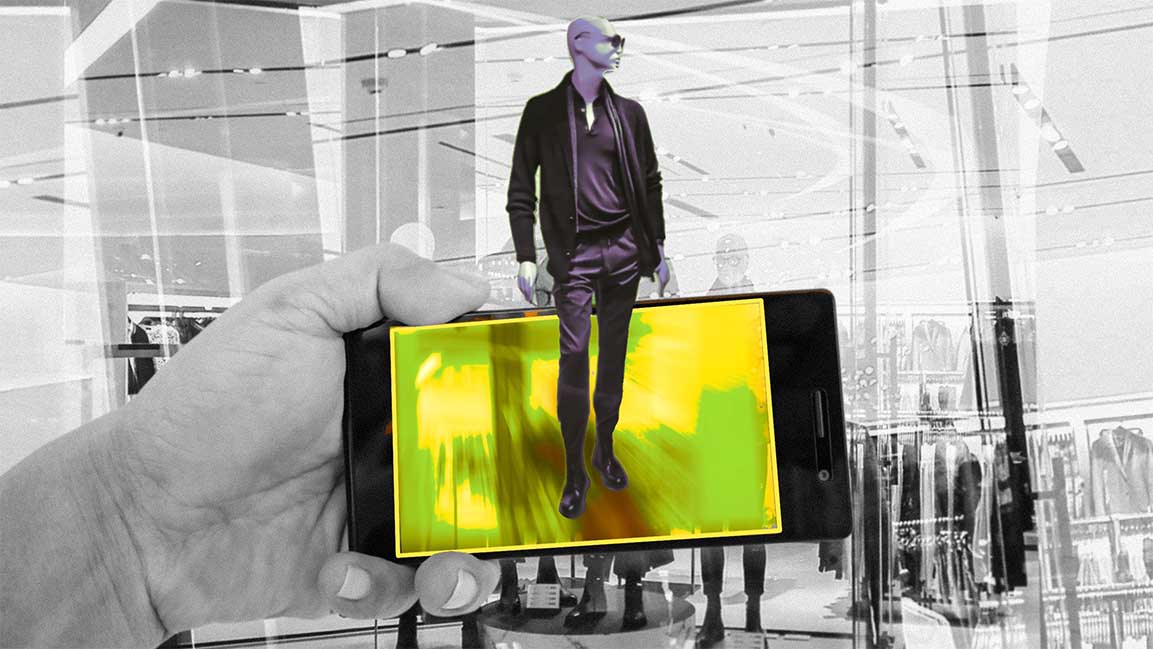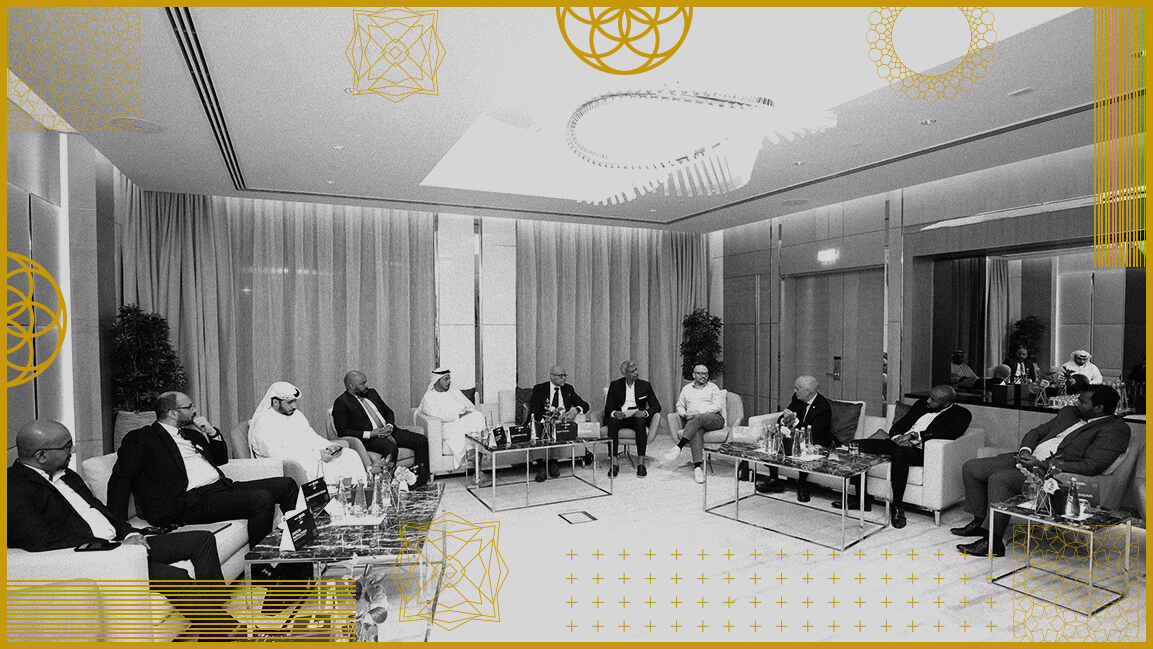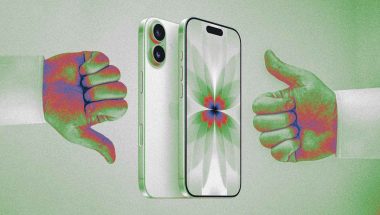- | SNAP
Brands want to engage consumers, can augmented reality help?
Consumers are significantly more interested in adopting AR experiences as it helps them make better purchasing decisions.

Augmented reality (AR) is reshaping how brands connect with consumers, and this innovative tech isn’t exclusive to a particular industry alone. From enhancing user engagement to influencing consumer behavior, AR has been successfully incorporated by brands across all sectors to chalk out impactful business strategies.
As per research by Snap Inc. in collaboration with IPSOS, consumers in KSA and UAE are far exceeding corporations in terms of interest in using augmented reality experiences, demonstrating how the technology has impacted buying decisions.
As technology continues to evolve, so does the behavior of consumers. Today, seven out of ten consumers identify shopping as their main reason for using AR.
According to the Augmentality Shift KSA Report, about 84% of consumers are interested in using AR to interact with a product before buying, which indicates that this immersive tech is in for the long haul.
Simply put, there are unlimited possibilities of what consumers can experience with AR technologies, from trying on a dress without stepping into a store to viewing an art exhibition.
AR LENSES
Arguably, Snap is one of the most AR-driven platforms, constantly reimagining what AR experiences can be. AR lenses are one of Snapchat’s favorite features, allowing users to add computing effects in their real world.
Snap has invested heavily in AR shopping, including upgrades to allow brands and retailers to change product information and pricing in real-time, access better analytics, and easily create new shopping lenses.
During Ramadan 2022, Snap launched its first AR-led virtual mall in the MENA region, which featured some of the region’s most popular consumer brands, such as L’Oreal, Al Futtaim- IKEA, Namshi, and Samsung.
The virtual mall was accessible via a Snapchat World Lens through the platform’s outward-facing camera, allowing shoppers to browse the brands’ virtual stores and explore products they could then purchase through each brand’s e-commerce site.
Also, Amazon is also now offering Snapchat users the ability to try on eyewear digitally.
Snap says that over 250 million daily active users engage with augmented reality every day, and Snapchatters use AR Lenses more than 6 billion times per day on average.
DISRUPTING BUSINESSES
Addressing the rising demand for immersive experiences, retailers and other businesses have turned to AR to sell products or services and launch one-of-a-kind marketing campaigns. However, companies have also showcased how AR is not just a marketing tool but a means to disrupt businesses.
To enhance the shopping experience, the retail sector has integrated AR into shop catalog applications, allowing customers to see how different things might appear in various settings.
Earlier this year, Snapchat announced several new initiatives focused on using its AR technology to aid with online shopping. It’s new in-app, Dress Up, features AR fashion and virtual try-on experiences. Its tools allow retailers to integrate with Snapchat’s AR shopping technology within their mobile apps and websites with Camera Kit for AR Shopping.
Recently, H&M launched AR try-on experiences, available on the H&M app and Snapchat app, using Snap’s cross-platform Camera Kit, which allows users to pick an outfit, strike a pose, and share their favorite digital ensemble.
The immersive “try-on” technology powered by AR gives consumers confidence about how a product will look and fit, enabling them to make more accurate choices. Brands and consumers already using AR see the potential. 82% of brands claim the number of returns a customer makes will be reduced by AR, a Snap report revealed. This further reiterates that AR is good for reducing environmental impact and cutting costs.
GAME-CHANGING TECH
Snapchat has brought AR into the spotlight, and the technology has the potential to venture beyond providing immersive shopping experiences. The possibilities are endless, and consumers are already exploring these new AR horizons.
Reaching over 90% of 13 to 34-year-olds in Saudi Arabia, Snapchat allows businesses to showcase their products to a large audience using AR. The platform’s monthly addressable reach in the kingdom has crossed 20 million unique Snapchat users, with approximately 90% of daily KSA users interacting with Lenses every day.
According to a study commissioned by Snap Inc and undertaken by Deloitte Digital, almost all of Saudi Arabia’s Gen Z and Millennial populations will be frequent AR users by 2025.
NEED FOR AR STRATEGY
Despite studies proving how AR can benefit a business, brands need to realize the full potential of this tech — they can miss out by only seeing the tip of the iceberg.
Although isolated uses of AR have existed for decades, the tools necessary to fully realize its potential have lately become more accessible. Tech giants have already demonstrated how AR can bridge the digital and physical worlds. More and more businesses are racing to interact with customers in new and imaginative ways.
Rather than utilizing TV or radio advertisements, brands can now take advantage of the technology available to create more immersive experiences that meet or surpass consumers’ expectations, giving buyers a more accurate picture of their purchase while boosting product sales. A classic example is that of Swedish furniture giant IKEA’s app IKEA Place which allows customers to place furniture virtually inside (or outside) their homes.
The application of AR significantly impacts almost every industry. Brands have left no stone unturned to experiment and increase brand engagement.
Events and CSR initiatives are ideal settings for experimenting with AR, providing participants with a unique opportunity to connect the digital and real worlds and allowing every user in the room to have a unique experience. This experience is ideal for increasing engagement and raising awareness about pressing issues such as climate change, deforestation, and water crises.
A fitting example of this would be Snap’s recent collaboration with the UAE Ministry of State for Artificial Intelligence, Digital Economy, and Remote Work Application Office to launch the “Give a Ghaf” tree planting initiative using AR to raise awareness around the UAE’s national tree.
Through unique activations like this, Snap Inc. was able to demonstrate the role that platforms and digital technologies like Snapchat can play in creating immersive AR experiences that advocate for the common good and go a long way in leaving a lasting impression on a user’s mind while also providing Snapchatters with the resources to become a part of the solution.
The real-world application of AR is countless, and it is crucial to understand that AR tech can be used for world exploration, immersive learning, live events, and navigation. According to Snap research, AR is already delivering personalized and engaging consumer experiences, but there remains room to explore the untapped potential of this innovative tech.
It’s time for brands to take a bold step forward to understand and meet the needs and expectations of global customers.









































